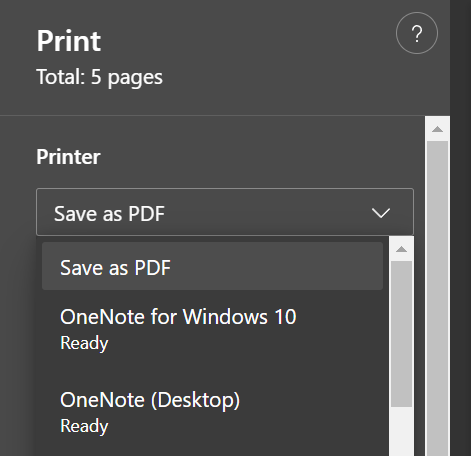Agricultural Approach: Farm Diversification
Corn-Rice-Green Corn Crop Rotation
Climate Adaptation Effectiveness
Corn and rice is rotated to maximize the amount of staple food available for profit and as a food source during flooding. Green corn has a shorter cropping period compared to yellow corn. Including it in the crop rotation maximizes the remaining months before the onset of the flood to generate profit that would serve as buffer income for the farming households [1].
Climate Hazards
- Rain-Induced Flooding
Locations
- Jabonga, Agusan del Norte, Region XIII (Caraga Region)
Adaptation Sectors
- Agriculture
CCET Instuments
- Action Delivery
Target Group based on Vulnerability
Basic Sectors:
- Children
- Farmers and Landless Rural Workers
- Indigenous Peoples
- Persons with Disabilities
- Senior Citizens
- Women
- Youth and Students
Evaluations
Economic / Financial Effectiveness
The initial cost of implementation is PhP 39,500/hectare with a 3-year return on investment. Farmers practicing corn-rice-green corn crop rotation have an estimated annual profit of PhP 17,860/hectare and internal rate of return of 42%. Even if the corn and rice yield is lower, this practice is still much more profitable than monocropping [1].
Technical Feasibility
This practice is highly applicable to areas where flooding occurs for two to four months. This crop rotation scheme entails technical knowledge and capabilities that could be supplemented by field schools and training by climate resilient agriculture practitioners in collaboration with LGUs. The LGU can aid in information dissemination for those who could largely benefit from the corn-rice-green corn crop rotation [1].
Social Acceptability
An estimated 10% of corn farmers in Cebu currently adopt this practice but it is projected to increase to 50% in the upcoming years [1].
Environmental Impact
Crop rotation, in general, lessens the difficulty in pest and disease management due to the disruption in the infestation cycles. It also increases top soil formation and productivity enhancing soil fertility [1].
Mitigation co-benefit
Corn-rice-green corn crop rotation aids in the increase of soil carbon sequestration by increasing biomass production per unit area [2]. However, greenhouse gas emissions could increase brought about by multiple crop management requiring more inputs [1].
Keywords
farm diversification, crop rotation, adjusted production timing, optimum income, corn-rice-green corn
References
